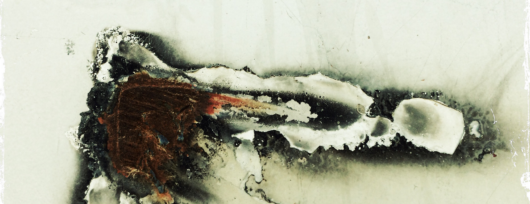Scientists work with metaphors and hypotheses. Don’t assume scientists discover the truth. They try to work out models and concepts that can be applied to reality helping us to cope with our environment. As long as they are helpful they should prevail. Unfortunately many of them survive far too long. The reasons for this phenomenon are manifold, but not topic of this text.
1
One hypothesis reads as follows: The cell reveals a gene defect that can no longer be repaired. For this reason, the external appearance of the cell deviates from that of the normal cell. Such a cell no longer divides itself up asymmetrically into a cell with a function (effector cell), which depends upon which organ or apparatus it is allocated to and into a stem cell but symmetrically into two cells with functions. Yet, it is not a tumor cell. As long as the environment surrounding the cell suppresses cell proliferation, a tumor does not develop.
2
If, however, a carcinogen or a chronically inflamed environment affects the cell to the extent that the brake preventing cell proliferation is released, then the cell begins to proliferate in an uncontrolled manner. The result is a mass of cells such as polyps in the colon or papilloma in the skin. For a so-called malignant tumor to develop, a number of additional genetic or cellular changes must occur. It’s not until now that the step towards the tumor becoming malignant follows.
3
Another hypothesis – worded by Potter back in 1978 – explains the emergence of a tumor as being a blockage of cell development on their way from the stem cell to the cell that is equipped with the function determined for that cell. These cells still carry a large number of options for developing into the various effector cells. An interruption to this development can happen at any stage of this process. Influences from the cell’s environment can speed up cell division and prevent the normal death of the cell.
4
You have probably often come across the term oncogene. More than 100 oncogenes have already been identified. Oncogenes are DNA parts that serve as the template for the synthesis of protein substances with differing tasks like growth factors, receptors, signal-transferring molecules.
5
The tumor suppressor genes have a quasi contrary task to the oncogenes. They form the template for the growth of inhibitive factors such as bridging molecules. These are structural proteins between cell membranes forming channels for the direct transfer of small molecules and ions between the cells. These bridging molecules are central structures of monitoring growth and cell differentiation. If a cell with such a defect gene has still got bridging connections, it is able to develop in its target cell to a certain extent. Its direct contact to the other cells in the network inhibits uncontrolled proliferation.
In tumors, the bridging molecules are usually missing. That means that the cell loses an important component for its interaction with the environment. An activated oncogene and an inactivated suppressor gene can permanently stimulate growth.
The objective of the research is to make tumor treatment that is currently very poor more specific and targeted.
For references and more on tumor development in specific, please read part one.





2 Comments